Floating markets have become a unique “specialty”, only found in the alluvial land of Nine Dragons and Cai Be floating market (Cai Be town, Cai Be district, Tien Giang province) is one of the famous floating markets in the Southwest region. However, currently, Cai Be floating market is no longer as bustling as before, boats and ships are sparse, traders have abandoned the market, tourists are no longer eager to come… Signs show that Cai Be floating market is gradually “sinking”.
A TIME TO REMEMBER…
Cai Be floating market. Photo: H. LE |
Cai Be floating market is located at the junction of three rivers, where the Tien River and Cai Be River meet. The market was formed around the late 80s of the 17th century, on Cai Be River, along the Tan Phong Islet, a kilometer long stretch. Due to many boats, "shops", "goods" in the surrounding area, gathering here to exchange agricultural products and many other goods, it gradually became a floating market.
At the same time, people living along the river also equip boats and canoes to trade mainly agricultural products, fabrics, seafood, household goods, food and drinks... to serve people and tourists , making the floating market bustling and bustling. Cai Be floating market is the most vivid evidence of the unique culture of the Southern region, a transit station for fruits and products to all parts of the country.
According to many elderly people living near the Cai Be floating market area, in the 1980s and 1990s, merchants used to travel by boat and ship along the Cai Be River, even anchoring on the Tien River to sell all kinds of goods. At its peak, from 4am, Cai Be floating market had 500 - 600 boats, large and small, gathering here, making the whole area bustling, with bustling trading activities. But now, along the river section of the Cai Be floating market area, which is more than 2km long, there are only about 20 boats and ships of merchants anchored for trading - this was an extremely busy section of the river more than 10 years ago.
 |
| Cai Be floating market. Photo: H.LE |
Mr. Vo Van Muoi, who has been associated with Cai Be floating market for decades, said: “At first, I sold noodles to merchants and traders at Cai Be floating market. Selling hundreds of bowls a day was a common thing. After 2000, the floating market started to have fewer boats and ships than before, so I switched to selling coffee and ice. But in the past 6 years, I have run out of business at Cai Be floating market because the number of merchants has decreased and there are not many merchants left. I switched to running a boat to transport passengers and goods to make a living.”
In the memory of Mr. Lam Van Xai, 75 years old, Cai Be floating market used to be like a commercial center on the river. “All kinds of goods poured in from everywhere. On the river, boats and ships were crowded, you could climb from one boat to another to go from one side of the river to the other. However, now, only a few boats and ships of merchants who are used to the life of “boat is home, river is land” are still “anchored” at Cai Be floating market. This reality is also due to the development of society, the roads have been connected, so perhaps the mission of the floating market has gradually come to an end…”, Mr. Xai recalled with regret.
As for tourists, they cannot help but feel disappointed when coming to Cai Be floating market, because the trading space on the floating market is currently quite deserted, desolate with a few agricultural boats anchored for trading. Mr. Nguyen Trung Thanh, a tourist from Hanoi , shared that through the media, he imagined Cai Be floating market to be bustling with many products, where he could visit, check-in and witness the unique river trade of the Southern people, and experience the feeling of swaying on a boat... However, Cai Be floating market is no longer like the documentary images he had seen.
PRESERVING THE CULTURE OF THE RIVER REGION
Life has developed, since 1990, the road system in the Mekong Delta in general and Tien Giang province in particular has been increasingly improved, covering from the province, district to commune, hamlet, so water transport has decreased significantly. The transportation of passengers and goods by boat has gradually been replaced by trucks, passenger cars with large volume, high speed, long distance and mobility.
In particular, people's movement from one place to another by motorbike has replaced boats. Moreover, when the Internet and mobile phones are widespread, online shopping and home delivery have become a daily routine. In fact, most merchants have left the river to do business on land, leading to the river economy, including the floating market in the Southwest in general and Cai Be floating market with its self-sufficient, natural characteristics, basically fulfilling its historical role.
 |
| Cai Be floating market currently has few boats and ships coming to trade and sell. Photo: H. NGHI |
Faced with the risk of gradually "sinking" Cai Be floating market - a unique tourism product, a distinctive cultural feature of the river region, Tien Giang province has organized many provincial and district level seminars, inviting experts to consult, but the results have not been as expected. In 2017, Cai Be district's functional sector also developed a Project "Preserving and promoting Cai Be floating market" for the period 2017 - 2020, oriented to 2025. At the same time, Cai Be district's functional sector also organized many seminars with the theme: "Preserving and promoting Cai Be floating market" with the participation of scientists, tourism businesses and representatives of traders on Cai Be floating market.
Accordingly, Cai Be floating market will remain in its current state, but will be rearranged, managed and re-arranged to meet the requirements of waterway traffic safety; the planned water area will be 400 m to 500 m long, from Cai Be estuary to canal 28; ensuring the number of boats and ships anchored from 100 to 150 and receiving 200 to 300 boats and ships anchored for trading with a load capacity of 20 to 60 tons. Cai Be District People's Committee will invest in supporting infrastructure such as: Public toilets, lighting, bridges and wharves combined with the implementation of support policies on education, health care, electricity, water, etc. to create favorable conditions to attract traders to buy and sell.
Despite the Project "Preservation and Promotion of Cai Be Floating Market", this floating market is still increasingly fading away. Therefore, in mid-2023, Cai Be District People's Committee held a meeting with leaders of district branches, leaders of Dong Hoa Hiep Commune People's Committee and Cai Be Town to evaluate the implementation results of the Project "Preservation and Promotion of Cai Be Floating Market" in the period of 2017 - 2020, with a vision to 2025 approved by Cai Be District People's Committee under Decision 5035 dated July 4, 2017.
Delegates attending the meeting had many opinions, such as: Tourism products and services in Cai Be floating market area are not diverse and abundant, mainly trading agricultural products, vegetables, and tubers of all kinds, so they cannot meet the needs of tourists for sightseeing and shopping. The number of boats and ships trading in traditional floating markets is decreasing.
Because currently, traders come directly to negotiate prices with gardeners and transport themselves by road, income from buying and selling agricultural products is erratic... so the business of traders on Cai Be floating market continues to be difficult, from which some traders with conditions have changed jobs. This is one of the reasons why Cai Be floating market is sparse and traders have abandoned the market.
Faced with the current situation of Cai Be floating market, delegates attending the meeting said that the Project "Preserving and promoting Cai Be floating market" according to the law of social development is no longer suitable in the current period, so it is proposed not to continue implementing the project in the coming time.
However, to objectively evaluate the implementation and results of the project, it is proposed that the People's Committee of Cai Be district continue to direct the Steering Committee for the implementation of the project, relevant departments and branches of the district, the People's Committee of Cai Be town, Dong Hoa Hiep commune coordinate to organize the evaluation of the project in the field of the industry as well as the locality; direct the organization to collect opinions from travel and tourism businesses, tourist attractions, ancient houses... in the district on the results of the project implementation before deciding not to continue implementing the project.
From another perspective, at the Mekong Connect Forum 2022 held in Can Tho City around the end of November 2022, there was a valid assessment that the tourism situation in the Mekong Delta provinces are all similar, such as going by boat, going to the island to see how to make candy, handmade rice paper, going to the garden to eat fruit, listening to traditional music... When tourism products are poor, restoring floating market specialties is advisable and necessary, but it must be in a different direction from the old and more unique. One of them is to consider building floating markets to serve tourists.
Currently, in the West, there are 6 floating markets, including: Nga Bay - Hau Giang province, Nga Nam - Soc Trang province, Long Xuyen - An Giang province, Tra On - Vinh Long province, Cai Rang - Can Tho city and Cai Be - Tien Giang province. If properly invested, with the right development strategy and especially finding unique local features, these floating markets will again become places to attract domestic and foreign tourists.
METHOD
.
Source





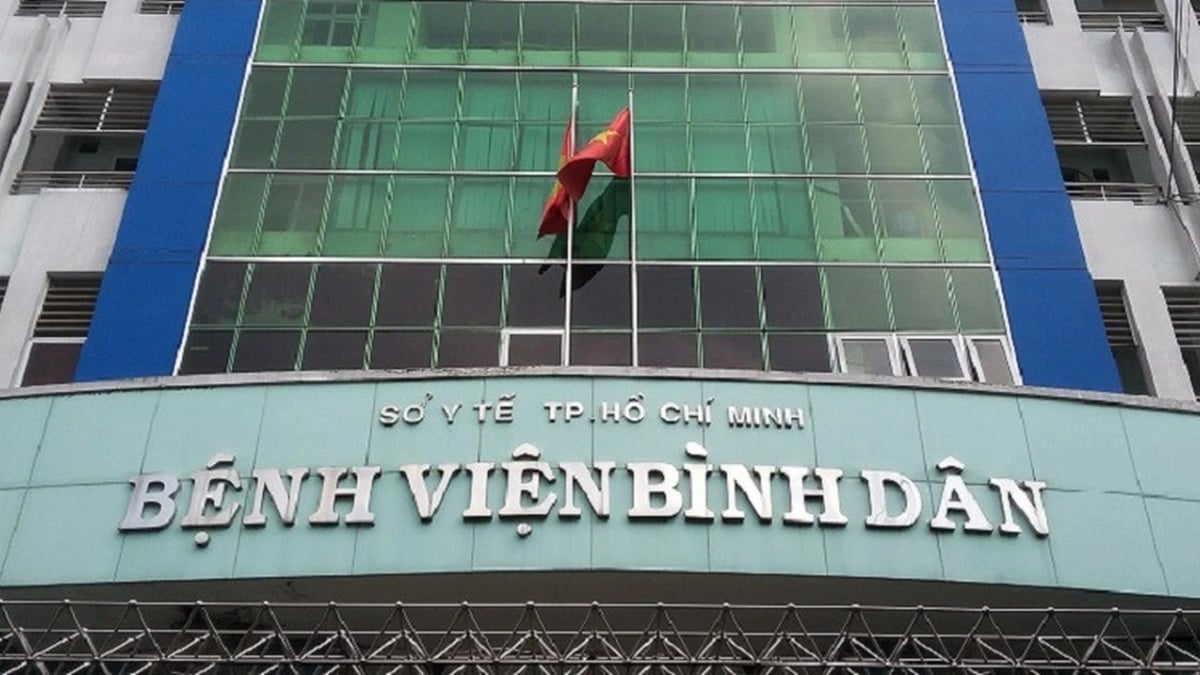
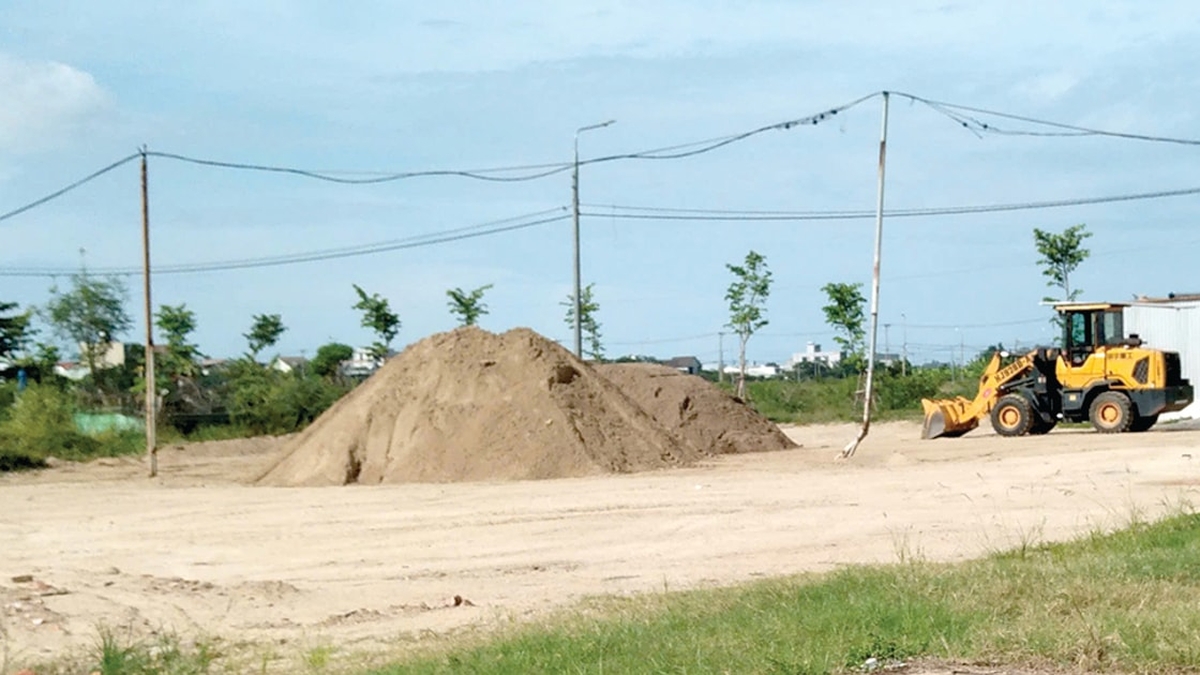


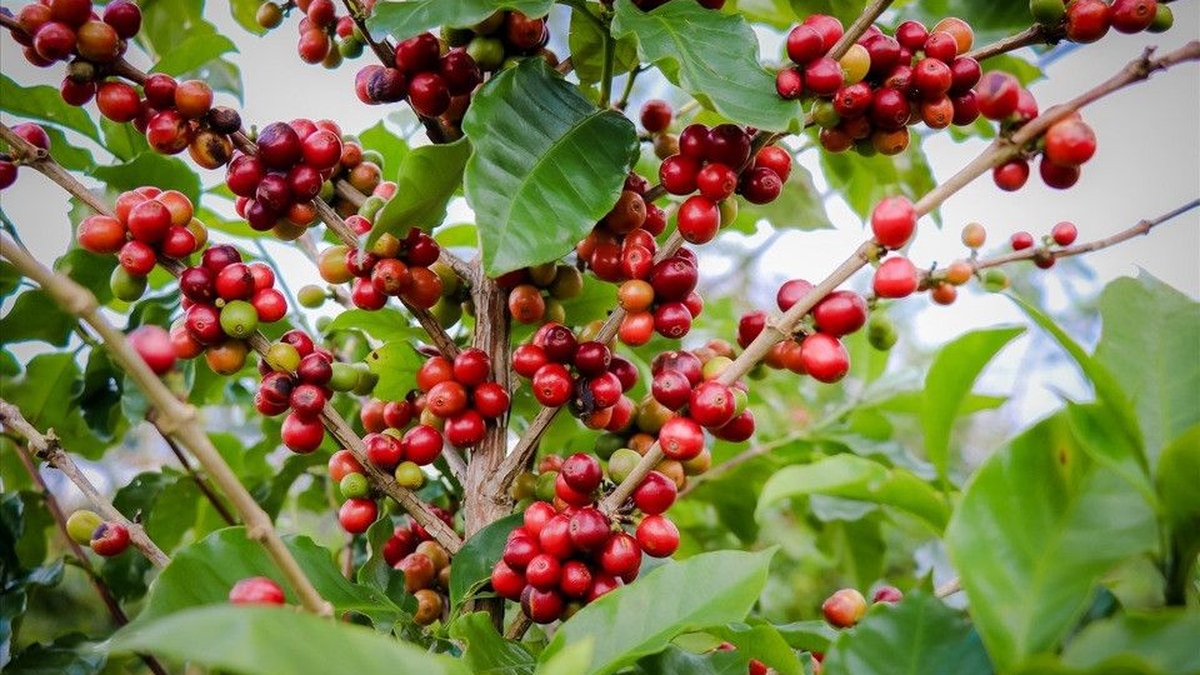

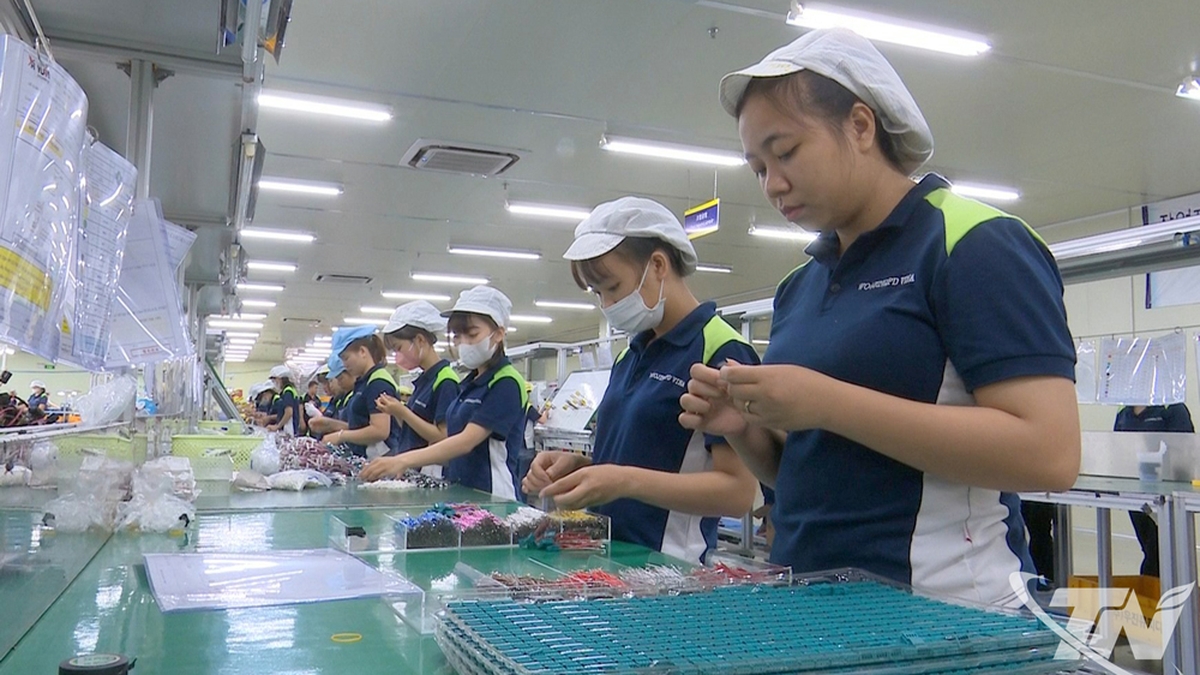














![[Photo] Gia Lai provincial leaders offer flowers at Uncle Ho's Monument with the ethnic groups of the Central Highlands](https://vphoto.vietnam.vn/thumb/1200x675/vietnam/resource/IMAGE/2025/7/9/196438801da24b3cb6158d0501984818)











































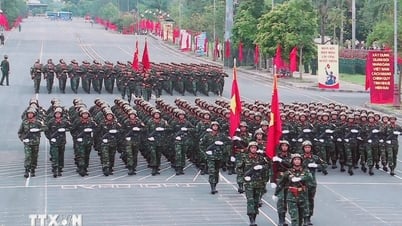


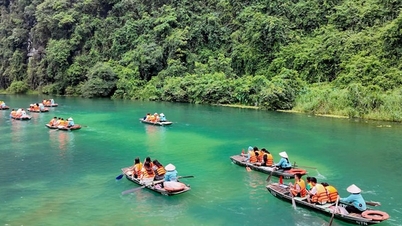


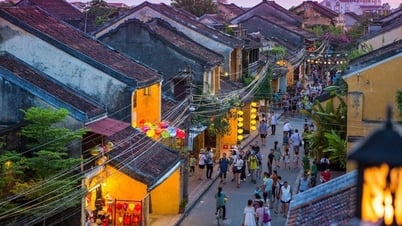



















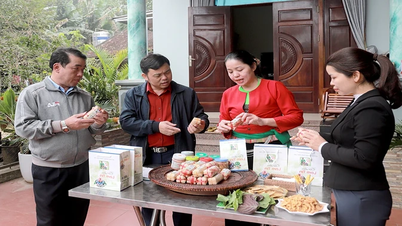



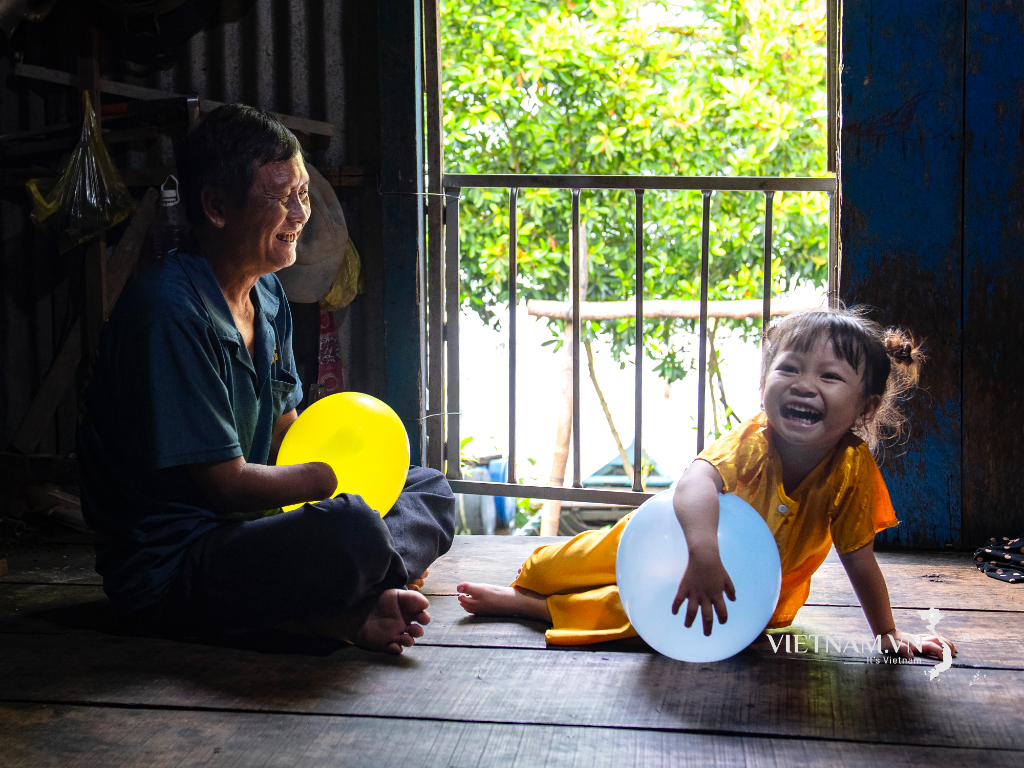

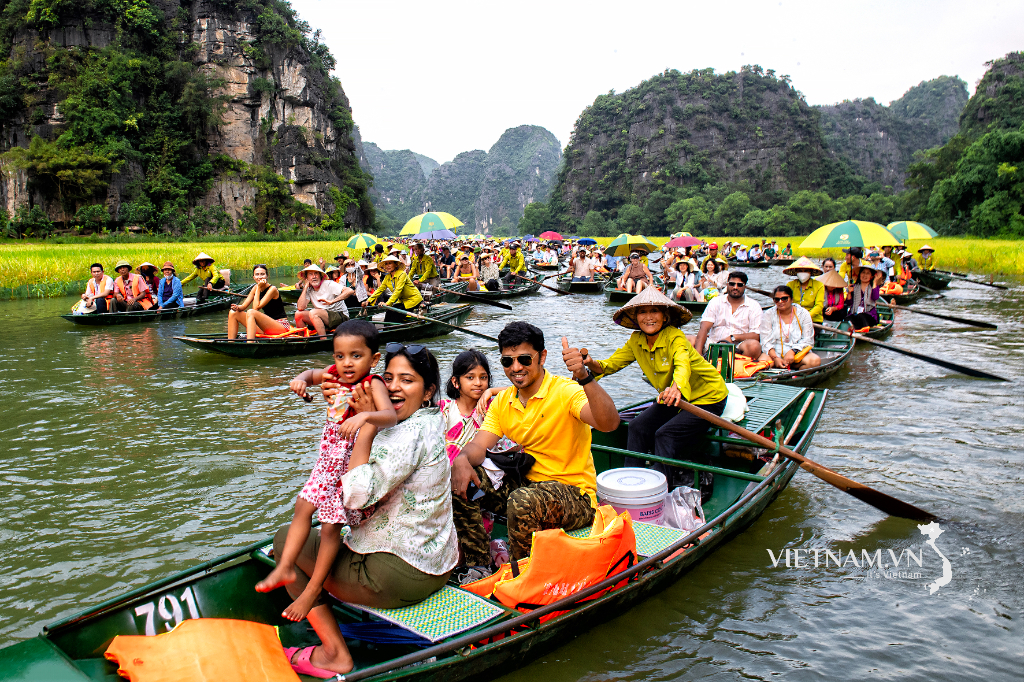

Comment (0)